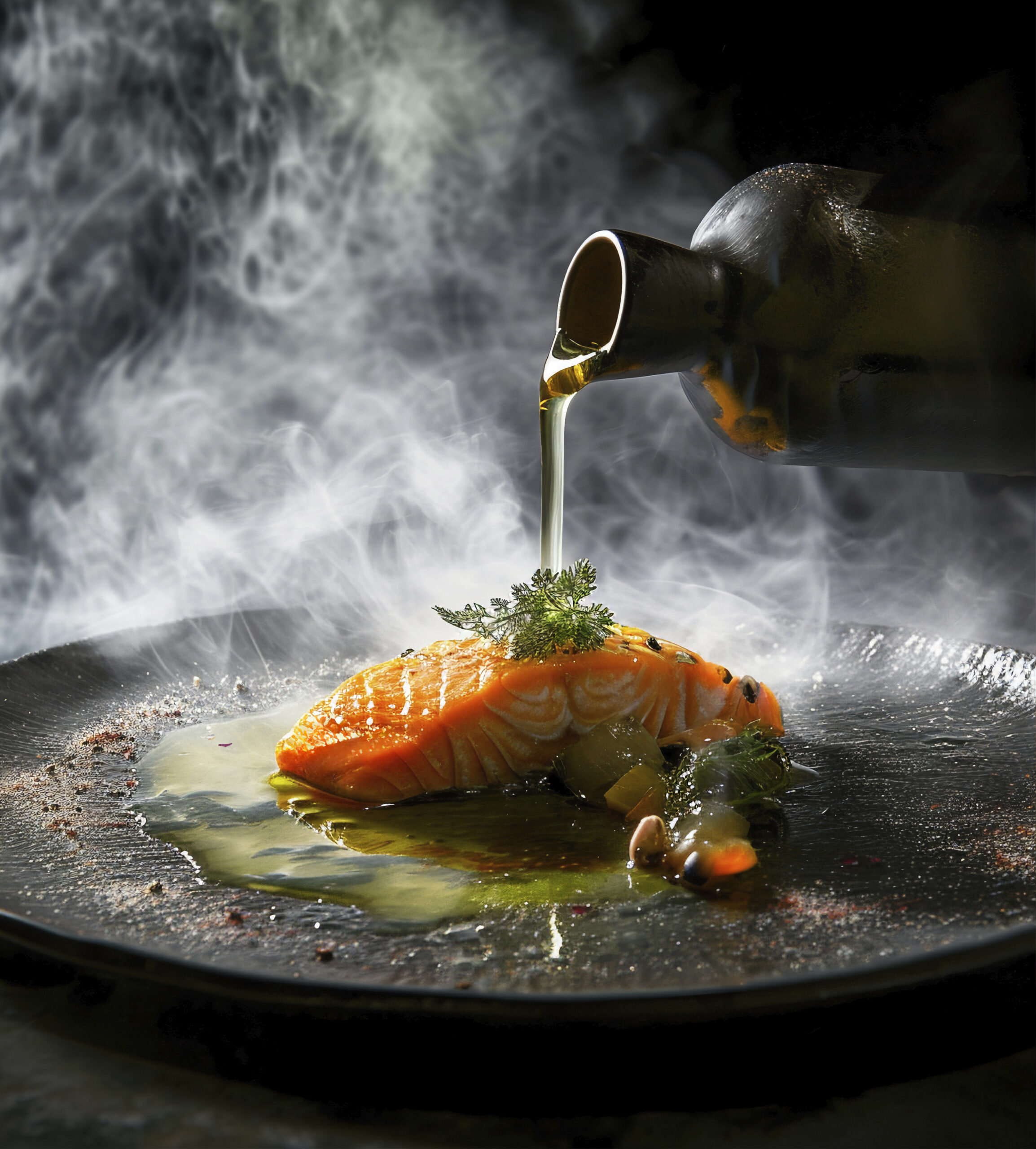For the high-net-worth individuals (HNWI) and ultra-high-net-worth individuals (UHNWI) of today, travel is no longer simply about visiting new places or indulging in luxury accommodation. It has evolved into an immersive pursuit of unique experiences, and nowhere is this trend more apparent than in the world of culinary tourism. This rising trend blends the love of food with a thirst for cultural discovery, allowing affluent travellers to embark on gastronomic journeys that are as enriching as they are delectable.
More Than Just a Meal
Imagine this: you’re standing at dawn in the rolling vineyards of Bordeaux, watching the sun rise over endless rows of grapevines. The scent of the earth mingles with the delicate aroma of the morning’s first pressed grapes, and in a few short hours, you’ll be seated at an exclusive, private dinner prepared by a Michelin-starred chef, paired with wines from the very vineyard you’ve just explored. Culinary tourism transforms a simple meal into a multi-sensory cultural immersion.
This form of travel is about connecting with a place through its food—its heritage, the people who cultivate it, and the stories behind each dish. HNWIs and UHNWIs are seeking out culinary adventures that offer more than just a dining experience. They want to learn, engage, and discover through their palate, crafting memories that go far beyond the plate.
The Global Gastronomic Map
While food-centric tourism has always had its appeal, the explosion in the global food scene has made it more diverse than ever. The gastronomic destinations are as varied as they are spectacular. The rolling hills of Tuscany promise hand-rolled pasta and freshly shaved truffles, while Japan invites travellers to experience the precision of sushi-making and the art of Kaiseki dining—a meticulous multi-course meal designed to engage every sense.
For those with a taste for the avant-garde, cities like Copenhagen are reshaping the culinary landscape with innovative techniques and sustainable practices led by pioneering chefs such as René Redzepi of Noma. In Peru, a visit to Lima isn’t complete without tasting ceviche prepared by master chefs like Virgilio Martínez, whose restaurants blend traditional Andean ingredients with modern culinary flair.
Each destination offers something wholly unique, and for the discerning traveller, the appeal lies not only in the food itself but in the journey from field to fork.
Curated Culinary Experiences
Luxury in culinary tourism goes far beyond five-star dining. Today, curated experiences tailored to personal tastes and interests are the true hallmark of high-end travel. For instance, in Provence, France, private truffle hunts, followed by a cooking session with a renowned local chef, are highly sought-after. In Spain, guests can explore the traditional bodegas of La Rioja, learning the ancient methods of winemaking before sampling vintages that rarely leave the cellar.
These bespoke experiences cater to a desire for exclusivity and intimacy, where culinary journeys are as much about understanding the craft behind the dish as they are about indulging in it. Many of these experiences are highly customised, with personal chefs, sommeliers, and culinary guides crafting itineraries that lead to hidden gastronomic gems off the well-trodden tourist path.
Culinary Sustainability: The New Luxuries
As sustainability becomes a key focus for modern HNWIs, many are now seeking out food experiences that prioritise farm-to-table practices, organic farming, and eco-conscious production. The rise of sustainable culinary tourism mirrors this growing interest, allowing travellers to not only enjoy exquisite food but also connect deeply with the environment and local communities.
Farm stays, organic wine tours, and locally sourced ingredients are becoming integral parts of luxury culinary experiences. In New Zealand, for example, gourmet tours often highlight organic vineyards and sustainable farming techniques, offering visitors a chance to learn about the importance of environmental stewardship in food production. These experiences resonate deeply with travellers who are increasingly conscious of their environmental impact.
The Growing Appeal for HNWIs and UHNWIs
What sets culinary tourism apart is its ability to offer not just opulence but meaning—creating lasting memories that merge cultural discovery with the thrill of gastronomic indulgence. The appetite for unique and immersive culinary experiences has led to the rise of luxury travel companies and exclusive retreats dedicated to the art of fine dining.
From the vineyards of Bordeaux to the spice markets of Marrakech, culinary tourism is a journey of discovery, inviting travellers to taste the world in a way that’s deeply personal and undeniably luxurious. For HNWIs and UHNWIs, the opportunity to curate bespoke culinary journeys is not just about indulgence but about the storytelling and the connection forged with a destination’s culture and its people.
Whether it’s sitting at the chef’s table in one of the world’s finest restaurants or learning the secrets of artisanal chocolate-making in the heart of the Amazon, the world of culinary tourism offers unparalleled opportunities to engage with the flavours, history, and soul of a destination.
A Gastronomic Legacy
Culinary tourism is no longer a trend; it’s a movement that speaks to the heart of what travel should be for the affluent explorer—meaningful, memorable, and filled with passion. For HNWIs and UHNWIs, it’s not just about finding the best restaurant; it’s about experiencing food as a gateway to culture, tradition, and human connection.
As the world of luxury travel continues to evolve, the demand for high-quality, bespoke culinary experiences is set to grow, offering new and exciting ways to explore the world, one plate at a time. For those seeking not just a meal but a gastronomic adventure that nourishes the soul as much as the body, the path forward is rich with opportunity.








Recent Comments